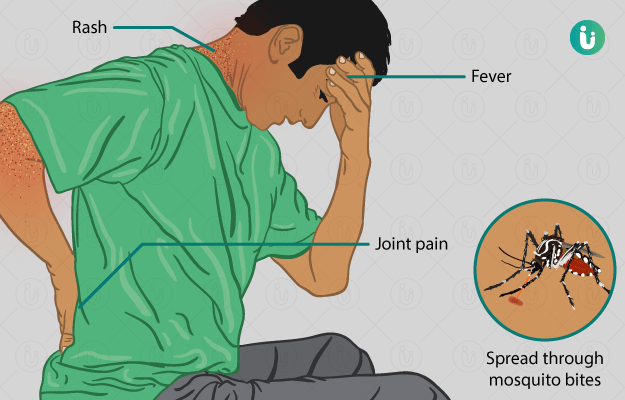Similar to vector-borne diseases such as dengue, yellow fever, chikungunya and West Nile virus, Zika virus infection is spread through the bite of the Aedes aegypti mosquito and is mostly seen in tropical and subtropical places in the world. The Zika virus can also be transmitted by expecting mothers to their babies.
The virus is named after the Zika Forest in Uganda, where it was first discovered in 1947. It has since spread to other countries. Zika virus led to a deadly epidemic in 2015-16.
The 2015 outbreak of Zika fever occurred in Brazil and other parts of South America, North America, along the Pacific and in Southeast Asia. Although the World Health Organization (WHO) declared the epidemic to be over by 2016, isolated incidents of patients affected by the virus continued to emerge until 2017.
Read more: The world’s deadliest viral infections
In most patients, the symptoms of Zika virus infection aren’t even visible. But those with severe illness have reported high fever, red rashes on the skin and joint pain, among other symptoms.
In cases where pregnant women who are infected have passed the virus on to the foetus, symptoms in babies include birth defects such as microcephaly, where the child is born with an underdeveloped or smaller head or even brain damage.
Zika virus is also known to cause neurological disorders such as Guillain-Barre syndrome.
There have been few cases of disease transmission through sexual intercourse, and even fewer via blood transfusion.
Although the virus seems to have been contained, countries routinely issue travel advisories, including for pregnant women, to avoid travel to Zika-affected countries.

 Doctors for Zika Virus
Doctors for Zika Virus 











































